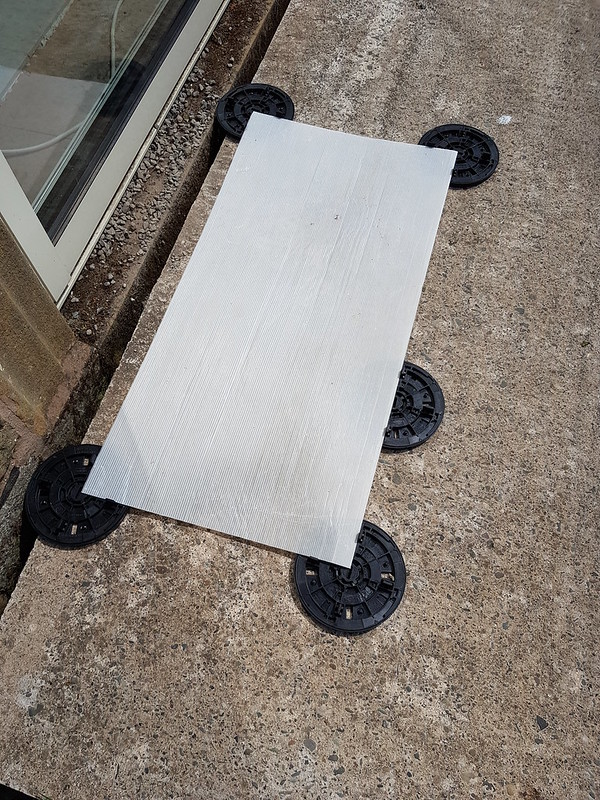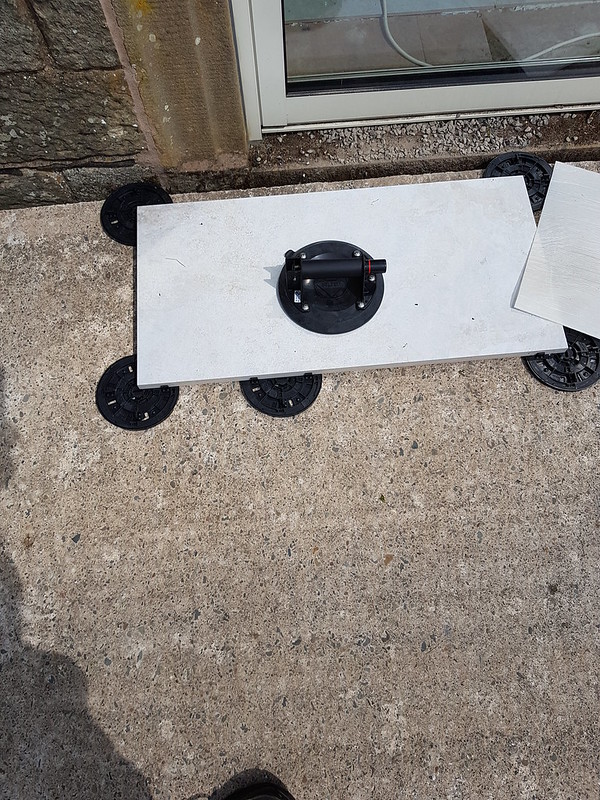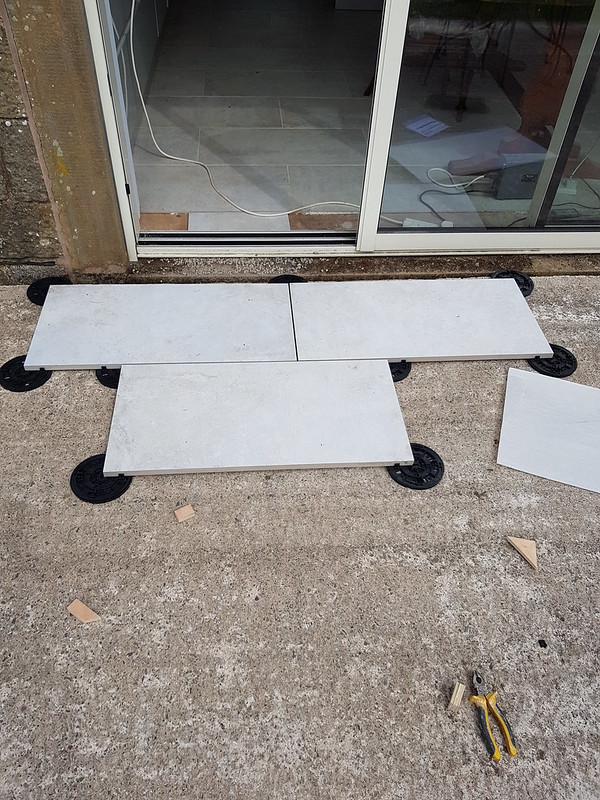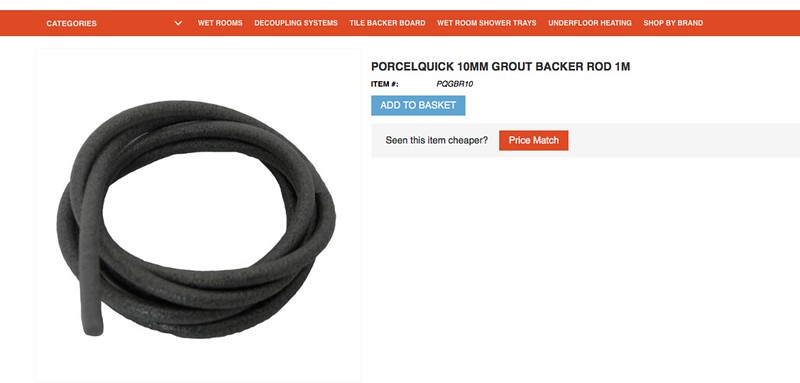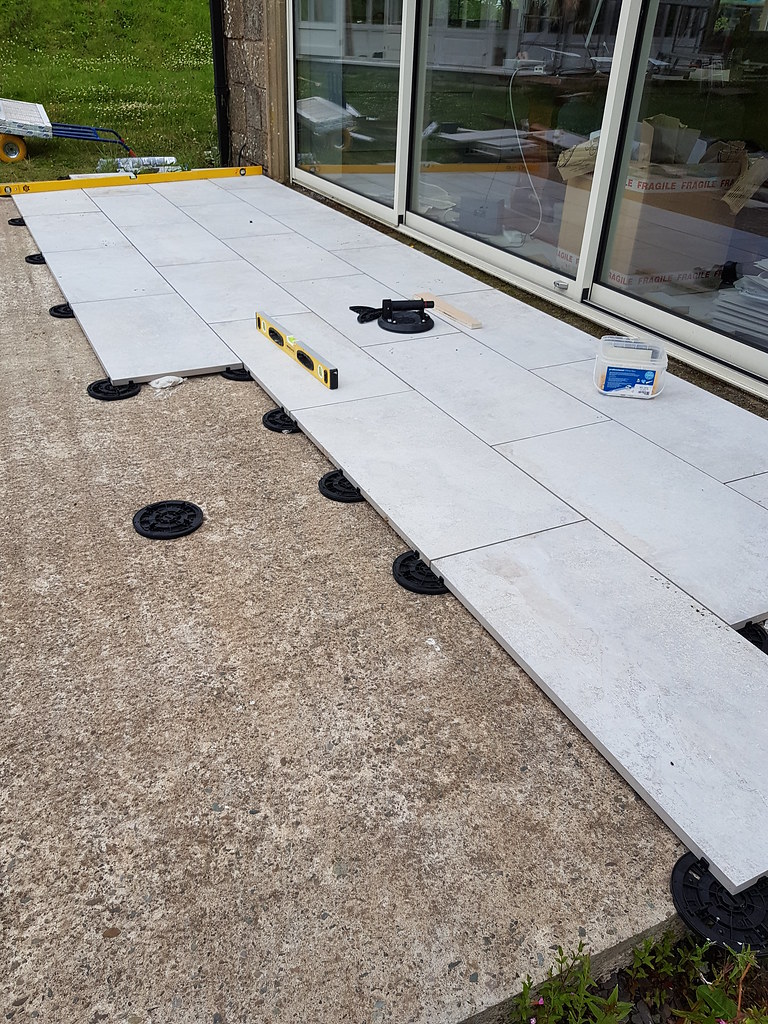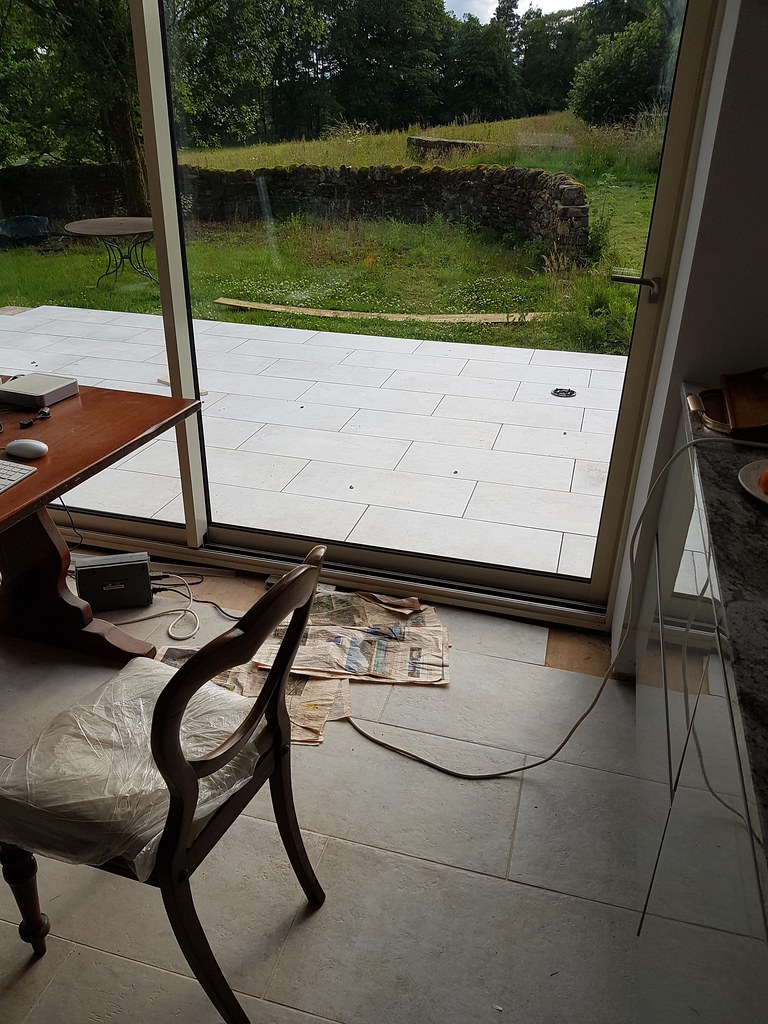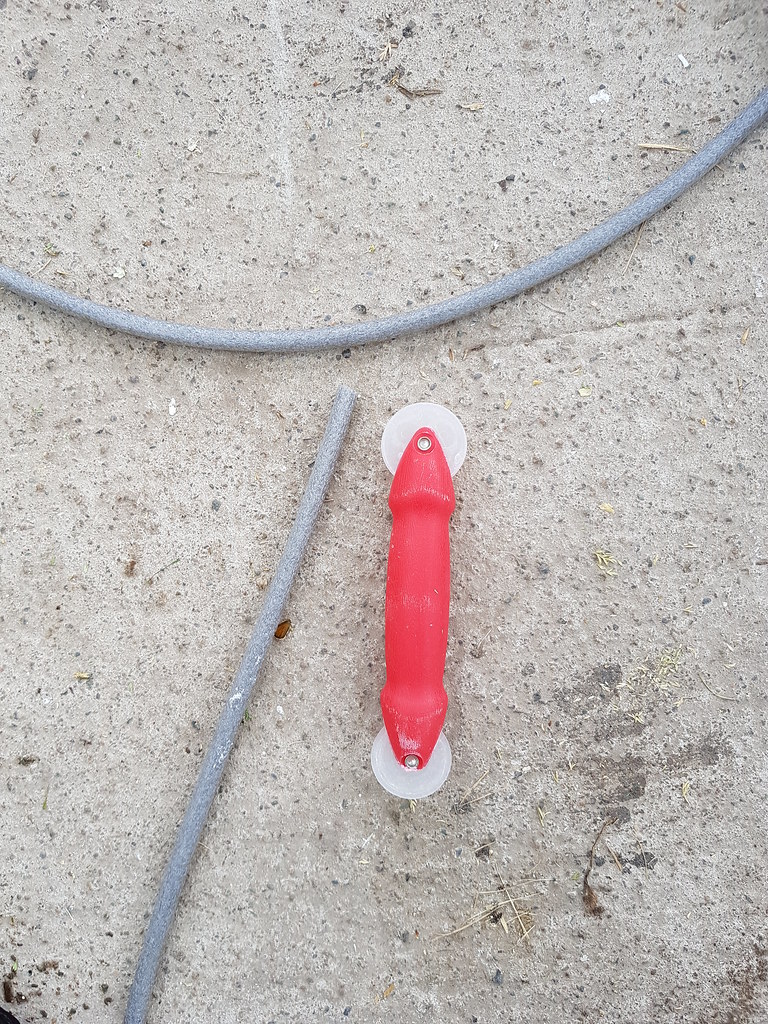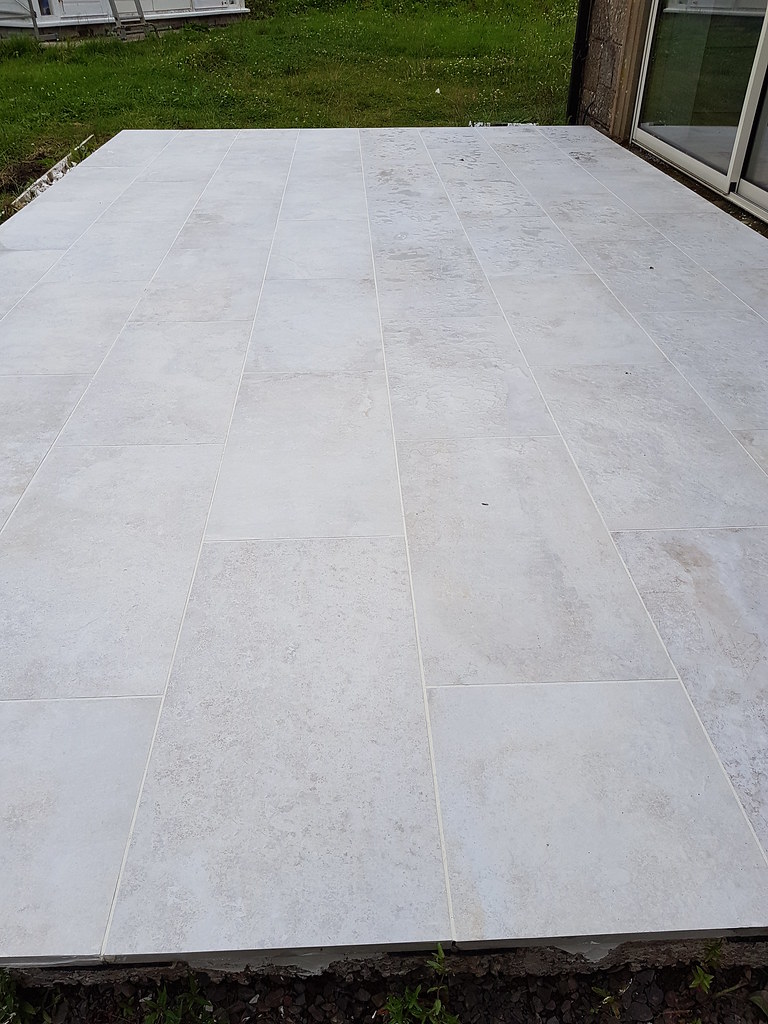RogerS
Established Member
I've got an outside terrace to tile using bloody heavy 800 x 400 porcelain tiles. 5.6m x 3.2m - approx 56 tiles in total. 20mm thick. Originally planned to use the traditional approach of tile adhesive and notched. Only trouble with that approach is how do you lay them without having to wait a day for the adhesive to dry underneath the previous row. As with that sort of size I can't easily see how one can reach over the layer just laid to do the next one. Youtube isn't much help.
The very thick solid concrete (well hardened) substrate has the right slope on it and good to go. Only trouble is that the finished height of the slab assumed the traditional tile fixing approach.
So I looked into pedestal systems (totally new to me as a concept) and most seemed too high. But the lowest one is the Eterno Ivica Star.T. at 10mm..which is the thickness of adhesive!
https://www.eternoivica.com/en/posts/ne ... n-supports
Height-wise it's perfect..the only downside I can see is that you don't grout between the tiles.
Anyone used this system before ?
Would not having any grout be bad ? The gaps between the tiles when laid look to be quite small..maybe 2mm.
The other downside is cost...£200 by my reckoning. But my fingers and thumbs aren't what they used to be and my years allowance of profanities has already been used up on other projects.
But my fingers and thumbs aren't what they used to be and my years allowance of profanities has already been used up on other projects.
The very thick solid concrete (well hardened) substrate has the right slope on it and good to go. Only trouble is that the finished height of the slab assumed the traditional tile fixing approach.
So I looked into pedestal systems (totally new to me as a concept) and most seemed too high. But the lowest one is the Eterno Ivica Star.T. at 10mm..which is the thickness of adhesive!
https://www.eternoivica.com/en/posts/ne ... n-supports
Height-wise it's perfect..the only downside I can see is that you don't grout between the tiles.
Anyone used this system before ?
Would not having any grout be bad ? The gaps between the tiles when laid look to be quite small..maybe 2mm.
The other downside is cost...£200 by my reckoning.


































